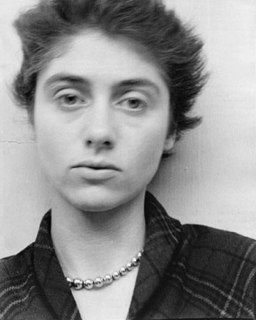Top 171 Quotes & Sayings by Garry Winogrand - Page 2
Explore popular quotes and sayings by an American photographer Garry Winogrand.
Last updated on April 16, 2025.
I still don't understand why when you put a piece of paper in a tray with solution in it, it comes up. It's still, in a sense, magic to me. It's a funny thing, you know. I've got two kids, and when they were very young, they used to come in the darkroom and I thought they'd be astounded by that. Nothing. When they got a little older, then they got astounded by it.
Of course, you have politics, the Vietnam war and all that monkey business. There are all kinds of reasons. At every one of those demonstrations in the late Sixties about the Vietnam war, you could guarantee there'd be a series of speeches. The ostensible purpose was to protest the war. But then somebody came up and gave a black power speech, usually Black Muslims, then. And then you'd have a women's rights speech. It was terrible to listen to these things.
I knew that was coming. That's another stupidity. The people who use the term don't even know the meaning. They use it to refer to photographs they believe are loosely organized, or casually made, whatever you want to call it. Whatever terms you like. The fact is, when they're talking about snapshots they're talking about the family album picture, which is one of the most precisely made photographs.
I had an agent. When [Edward] Steichen was doing "The Family of Man", I went up to the office one day. I think Wayne Miller, who assisted Steichen with "The Family of Man," was up there and pulled out a bunch of pictures. So I got a message: "Take these pictures, call Steichen, make an appointment and take these pictures up there." And that's how I met him.




















